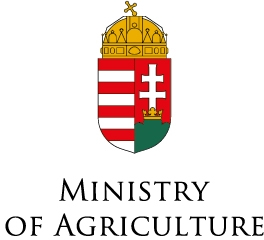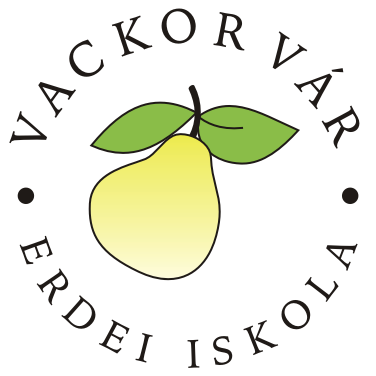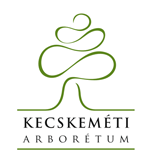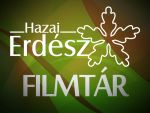North-Kiskunság
|
70.3% of our forests are for wood production, 28.7% for protection and 1% for education, research, social and other purposes. The production capacity of the wood production forests ranges from good (23%) and medium (66%) to low (11%). Our forestry management unit manages several natural protected areas.
Seedling production
Our forestry management unit has a well-equipped 42-hectare nursery at Solt (deciduous hardwood species and hybrid poplar) and a 9-hectare nursery at Fülöpszállás (conifers and black locust), which produce, in total, 1.5-2 million seedlings annually. The main species are hybrid poplar, white poplar, black locust, English oak, Austrian pine, deciduous hardwood species (elms, maples, ashes) and wild fruits. |
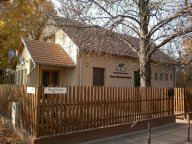  |
||||||||||||||||||
|
|||||||||||||||||||
Forestry
Our forestry management unit regenerates 350 hectares of forest each year. Approximately half of the harvested forests are regenerated by sprouting, the rest by the planting of seedlings after stump extraction and deep soil turning.
One-third of the artificial plantings are regenerated by Austrian pine and two-thirds by deciduous species (white poplar, black locust, hybrid poplar). Other tree species (birch, maple, elm, ash, hackberry, wild fruits etc.) are intermixed in a ratio of about 10-20%. The seedlings used for the above purpose are almost entirely produced by KEFAG Zrt. In-line weeding is mainly done manually and inter-row cultivation is done by disc cultivator. We also carry out new planting of some 60-80 hectares for private owners each year.
Tree utilization
Our year-round logging is 50-53 000 m3, of which 47-50 000 m3 derives from final harvest, 2 000 m3 from selective thinning and 1 000 m3 from cleaning. Annual forest harvest does not exceed forest growth.
Most of the black locust is used for firewood, but the proportion of log, short sawlog, vine pole and export pole is significant too. Most of the poplars assortments are log, short sawlog, pulpwood and fibre-wood. Regarding conifers, the proportion of pulpwood is the highest but log, short sawlog, pole and fibre-wood are also important. Pulpwood is our main annual output. Significant amounts of pulpwood are purchased for resale.
Our year-round logging is 50-53 000 m3, of which 47-50 000 m3 derives from final harvest, 2 000 m3 from selective thinning and 1 000 m3 from cleaning. Annual forest harvest does not exceed forest growth.
Most of the black locust is used for firewood, but the proportion of log, short sawlog, vine pole and export pole is significant too. Most of the poplars assortments are log, short sawlog, pulpwood and fibre-wood. Regarding conifers, the proportion of pulpwood is the highest but log, short sawlog, pole and fibre-wood are also important. Pulpwood is our main annual output. Significant amounts of pulpwood are purchased for resale.
Game management
Our big game hunting area at Kerekegyháza is 6 231 hectares, with significant wild boar, roe deer and fallow deer populations. The number of small game has decreased. A game enclosure of 1235 hectares can be found in the middle of the 2 777-hectare hunting area in the Nyíri Forest. The largest fallow deer population in the region is found here and the wild boar is also of outstanding value.
Education, social welfareOur big game hunting area at Kerekegyháza is 6 231 hectares, with significant wild boar, roe deer and fallow deer populations. The number of small game has decreased. A game enclosure of 1235 hectares can be found in the middle of the 2 777-hectare hunting area in the Nyíri Forest. The largest fallow deer population in the region is found here and the wild boar is also of outstanding value.
North Kiskunság Forestry Management Unit manages the „Vackor Vár” Forest School, the 62-hectare arboretum in Kecskemét and the Nyíri Park Forest, with the Museum of the Hungarian War of Independence (1848-49).









